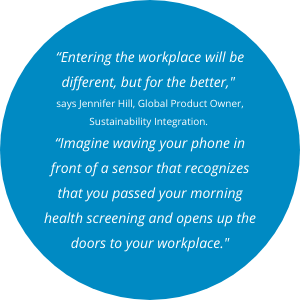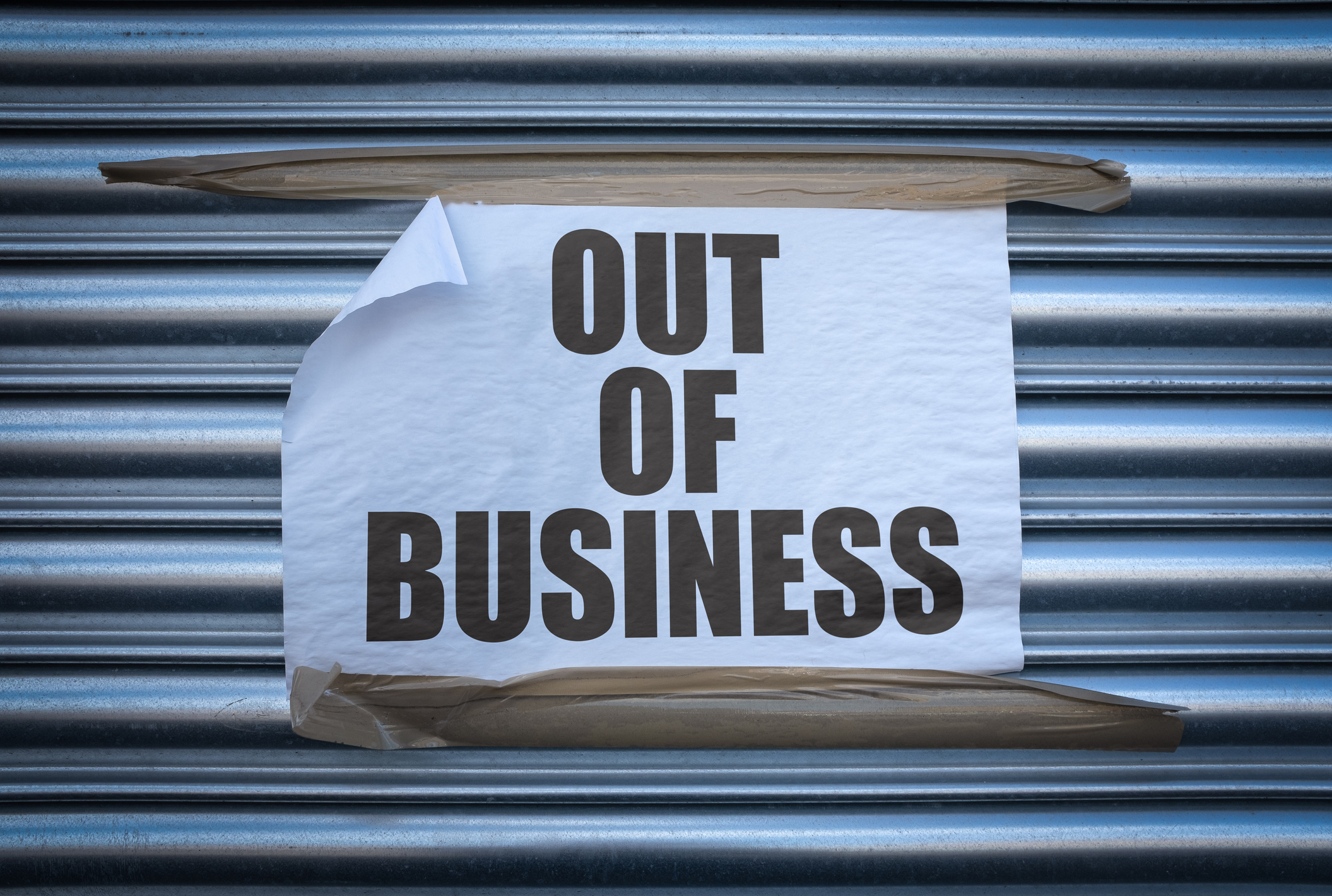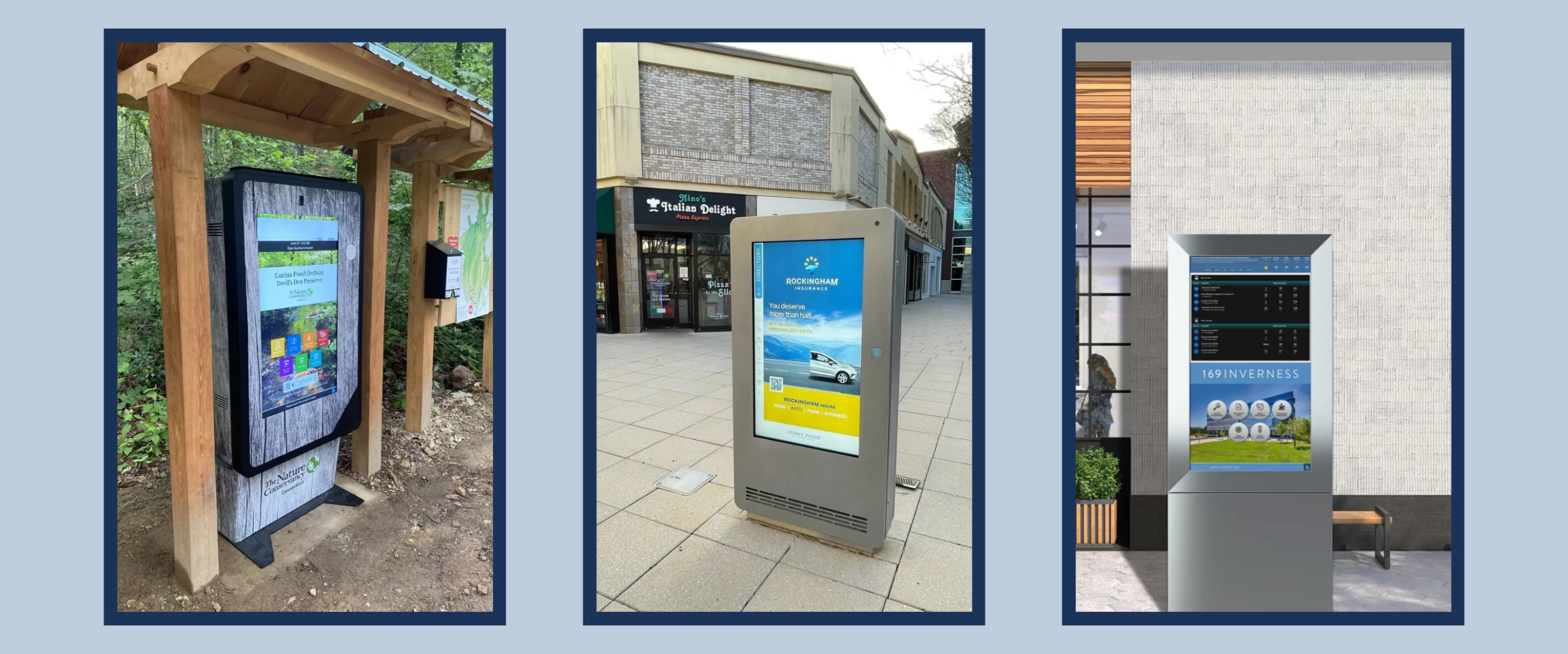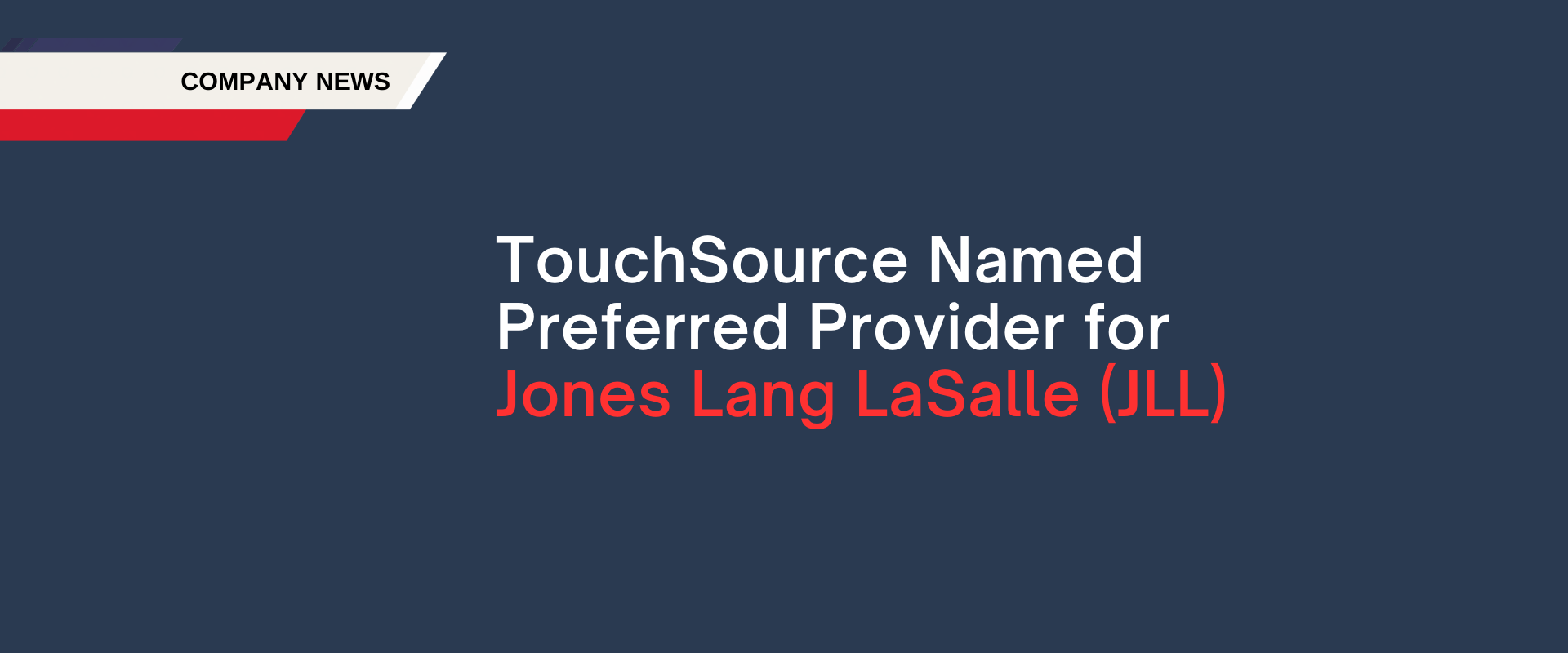ROI of a Post-Pandemic Modern Building
A Host of Shifting Norms
Post-pandemic times are full of many “new normals”. We covered these trends in a recent blog on what to expect in 2021. Many of those predictions are coming true. But our focus here is on what the building owners and property managers are facing now. Economic recovery requires smart moves to make the workplace and retail spaces more appealing. We’ve got new terms for the types of spaces where we work, live and play including:
- Hybrid Workplaces
- Return-to-Work trends
- Hub and home
- New workplace health requirements
- Space Density measures
- An acceleration of Mixed-Use Retail
Why? Because we’ve all discovered that we can work from home. While there’s Zoom fatigue and isolation, many also get to avoid the extra time it takes to garb up in professional gear, long commutes, parking costs and hassles, and paying for lunch or coffee five days a week. Yet, many workplaces offer transparent, clear and safe processes to support the current mix of vaccinated and unvaccinated employees. And they want employees to benefit from working together in an office environment. So, many employees are returning to work at an office environment.
Property owners and building managers rallied early and were often still at work throughout the pandemic. Your efforts mattered. A survey by BOMA indicated that tenants were watching and needed to visibly see more safety measures from their buildings: “78% approve of the response their current property owner or operator has implemented during COVID-19, and 77% are confident they understand how to reduce and manage risk in their physical office.”
Accelerated Investments in Smart & Healthy Building Tech
Having passed a full year of pandemic times, building owners and their teams have endured the worst of it and are now faced with a new challenge: choosier tenants and hesitant employees who want a permanent improvement in smart and healthy buildings.
Smart building tech is a broad space and has generally focused on tech that saves on lighting, heating and operational costs. Now, the prolonged pandemic has put a much more pronounced focus on people and our needs as we go about our everyday work, school and play. It accelerated the use of contactless everything. Use of digital signage and sensors for improved communications, building safety and operational shifts is key to keeping up with constant changes in public health information and building protocols.
6 Top Work and Safety Amenities
People want to know that the buildings they’re in have good air quality, enable people to work or study without being crammed into tight spaces together. They want to see contactless technology used to facilitate daily activities. Here’s what we’re seeing as top amenities prioritized by our customers as they gear up for the recovery:
1. Contactless visitor directories, maps and information
2. Health protocol messaging and scannable compliance forms
4. Use of kiosks and mobile devices for health screening questionnaires
5. Conference room and shared space reservation signage
6. Space density management for potentially crowded common areas such as lobbies, gyms, study lounges, public facilities, and more
ROI of Smart Tech
The pandemic has deepened a focus on how people experience buildings and the technology that can enhance their safety and peace of mind. As covered in JLL’s newest piece Why healthy buildings are good for the bottom line, the good news is that investments in tenant and visitor experience have more than just a social and environmental payoff.
 Effective rents at healthy buildings get between 4.4 percent and 7.7 percent more rent per square foot more than their nearby peers, according to research by MIT’s Real Estate Innovation Lab, which analyzed public databases and rents in 10 major American cities. “We’ve always known there was a real value for owners who invest in tenant health,” says Dr. Andrea Chegut, Director, Real Estate Innovation Lab, MIT. “With our latest study, we are beginning to actually see it.”
Effective rents at healthy buildings get between 4.4 percent and 7.7 percent more rent per square foot more than their nearby peers, according to research by MIT’s Real Estate Innovation Lab, which analyzed public databases and rents in 10 major American cities. “We’ve always known there was a real value for owners who invest in tenant health,” says Dr. Andrea Chegut, Director, Real Estate Innovation Lab, MIT. “With our latest study, we are beginning to actually see it.”
People-Centric Investments Drive Competitive Advantage
The shift in smart building standards has evolved post-pandemic to focus even more on users. Shifts include adoption of digital and contactless technology to better support communications and insights. According to JLL, building owners who invest in these new digital amenities do well by doing good things for building users. “Digital transformation in real estate has moved at an accelerated pace since the global pandemic,” says Richard Fennell, Head of Strategy and Property & Asset Management, JLL. “Smart building aspects such as contactless technology, communication tools and data, is allowing investors and tenants greater certainty over their decision-making, as well as providing competitive advantage.”
So, if you’re still on the fence about investing in the easiest, most cost-effective way to bring Smart Tech to your building—digital signage—you may lose ground and fast.













